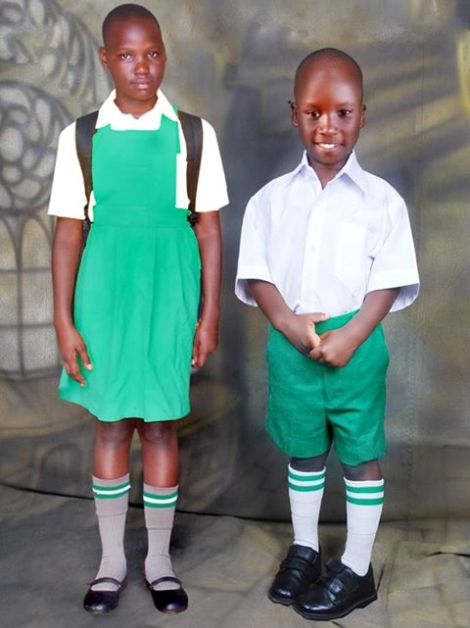
In Uganda, there are seven primary school years, from primary one to primary seven. With normal annual progression this means primary school should last seven years. Each year has 3 school terms; each term consists of three and half month.
At the end of primary seven, pupils sit their first major national exams – the primary leaving examinations (PLE). Presently PLE has four examinable subjects – English language, mathematics, science and social studies. The best possible mark pupils can achieve is a total of four (which means one point - a distinction - in each subject), while the worst is a total of 36 (nine points for each subject, which means a fail).
Secondary school (duration: six years):
Pupils who pass their PLE can progress to secondary school. This has two stages; the first four years, senior one (S1) to senior four (S4), constitute the O-level period. At the end of S4, students sit the second major national exams known as the Uganda Certificate of Education (UCE) or simply O-level examinations.
Students who pass their O-level exams may progress to A-levels or the Higher School Certificate (HSC). This lasts two years, S5 and S6, after which students sit for the Uganda Advanced Certificate of Education (UACE) examinations, also known simply as A-levels. All these three annual national exams are sat between October and December.
Students who pass their A-levels may choose to progress to university, where they can study for degrees, or to other tertiary institutions that award diplomas and certificates.


